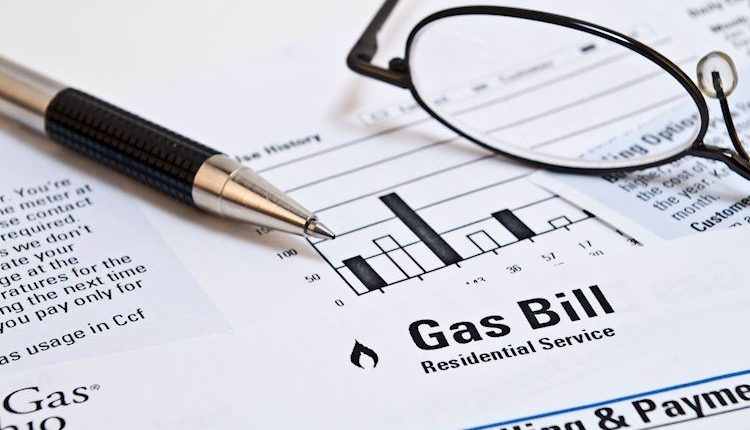- Natural Gas rallies to near $3 as Wheatstone production in Australia gets cut.
- The US Dollar trades sideways ahead of the ECB interest-rate decision.
- US Natural gas prices might be nearing their peak as analysts see weak demand ahead.
Natural Gas prices are increasing again after fresh news from the Australian Wheatstone LNG production site from Chevron. Adding to the lingering union strikes, another 25% production cut at the facility has been announced due to a workers’ fault. It appears it will take a few days for the production cut to be resolved.
In the lingering dispute between Chevron and union workers, Chevron has reached out to the Australian regulator to start mediation talks. The stalemate isn’t likely to get resolved anytime soon as these talks tend to take time. Meanwhile, in Europe demand is fading with EU gas storages almost full ahead of the winter season.
At the time of writing, Natural Gas is trading at $2.962per MMBtu.
Natural Gas news and market movers
- Chevron has asked the Australian regulator to start intermediation between the company and union workers to get the stalemate resolved.
- Although Australian supply looks disrupted, the demand side remains subdued with European gas storages near full.
- In comparison to 2022, gas demand in Europe for 2023 has been on historic low levels.
- The European Central Bank (ECB) is expected to publish new inflation and growth forecasts for the Eurozone. With Germany already revising its growth forecasts for 2024 to contraction, Natural Gas demand could hit further lows. Any downgrades in growth could mean less demand for LNG.
- European gas storage is expected to survive the upcoming winter and end the season with 44% supply left. European storage is at 93%.
Natural Gas Technical Analysis: nearing its peak
Natural Gas has been on a tear this week and is at a crucial level on the charts. With $3 being a double top looking back at the beginning of September, a rejection might trigger a substantial drop in the price action. A breakthrough would mean that Gas is to cross the ascending trend channel to test the upper band near $3.20.
As already mentioned, $3 is the target and hard nut that needs to be cracked. Seeing the current equilibrium, a catalyst is needed to move the needle upwards. That could come with more supply disruptions from Australia or sudden changes in the current gas storages in Europe due to a sudden peak in demand. In such events, Gas prices could rally to $3.20, testing the upper band of the ascending trend channel.
On the downside, the 200-day Simple Moving Average (SMA) at $2.89 has been turned into support. Should that give way on a downside move, some area will be crossed before the next support kicks in at $2.73. This level aligns with the 55-day SMA, which is likely to step in to avoid any nosedive moves in the commodity.
XNG/USD (Daily Chart)
Natural Gas FAQs
Supply and demand dynamics are a key factor influencing Natural Gas prices, and are themselves influenced by global economic growth, industrial activity, population growth, production levels, and inventories. The weather impacts Natural Gas prices because more Gas is used during cold winters and hot summers for heating and cooling. Competition from other energy sources impacts prices as consumers may switch to cheaper sources. Geopolitical events are factors as exemplified by the war in Ukraine. Government policies relating to extraction, transportation, and environmental issues also impact prices.
The main economic release influencing Natural Gas prices is the weekly inventory bulletin from the Energy Information Administration (EIA), a US government agency that produces US gas market data. The EIA Gas bulletin usually comes out on Thursday at 14:30 GMT, a day after the EIA publishes its weekly Oil bulletin. Economic data from large consumers of Natural Gas can impact supply and demand, the largest of which include China, Germany and Japan. Natural Gas is primarily priced and traded in US Dollars, thus economic releases impacting the US Dollar are also factors.
The US Dollar is the world’s reserve currency and most commodities, including Natural Gas are priced and traded on international markets in US Dollars. As such, the value of the US Dollar is a factor in the price of Natural Gas, because if the Dollar strengthens it means less Dollars are required to buy the same volume of Gas (the price falls), and vice versa if USD strengthens.
Read the full article here

